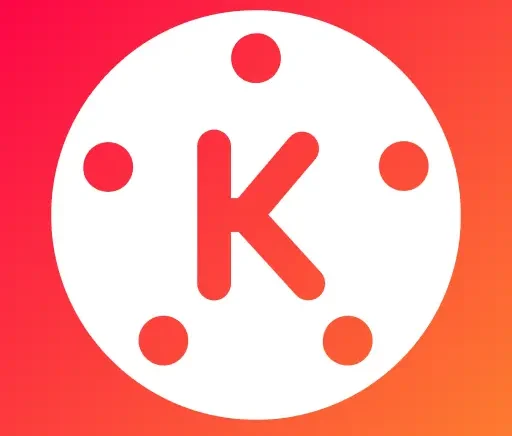
Clinical skills form the foundation of certified nursing assistant practice, making practical training essential for career preparation. Theoretical knowledge alone cannot develop the physical techniques, patient communication abilities, and clinical judgment necessary for effective caregiving. Research consistently shows that hands-on learning dramatically improves skill retention, with students approximately 75% of practically learned material compared to just 20% of information acquired through lecture. Professional training environments recreate authentic healthcare scenarios that prepare students for workplace realities. Los Angeles CNA Training programs typically include extensive clinical practice components where students perform actual care procedures under supervision before independent practice. Combining classroom learning reinforced by immediate practical application creates deeper neural pathways that enhance long-term skill retention.
Muscle memory development
Physical caregiving techniques require precise movements that become automatic only through repeated practice. Skills like patient transfers, positioning, bathing assistance, and vital signs measurement involve complex motor sequences that must be performed correctly every time. Initial attempts at these procedures often feel awkward as students consciously think through each step. Repeated guided practice creates neural pathways that eventually allow performance without conscious thought, freeing mental resources for patient observation and interaction.
This physical learning cannot occur through observation or reading alone. The body must experience the correct movements repeatedly to develop the proprioceptive awareness necessary for proper technique. Even simple procedures like hand washing involve specific sequences that become automatic only through actual performance. This physical memory development explains why hands-on learning constitutes a non-negotiable component of quality CNA education, with regulatory bodies requiring minimum clinical hours before certification eligibility.
Emotional intelligence growth
Patient care involves complex emotional dynamics that students can only learn through human interaction. Classroom scenarios cannot replicate the nuanced communication challenges encountered when working with individuals experiencing pain, confusion, anxiety, or grief. Hands-on clinical rotations expose students to these situations under supportive supervision, allowing them to develop appropriate responses before independent practice.
- Direct patient contact develops genuine insight into others’ experiences beyond theoretical concepts
- Clinical experiences teach appropriate professional-personal boundaries through real situations
- Working with diverse patients develops cross-cultural communication skills essential for effective care
- Practising under stress builds self-management capabilities necessary for challenging situations
- Direct interaction teaches reading and responding to subtle physical cues indicating patient needs
These emotional intelligence components often prove more challenging than technical skills for new CNAS, making supervised practice essential for developing professional confidence in interpersonal aspects of care.
Error correction advantages
Practical training provides immediate feedback that textbook learning cannot deliver. When students make mistakes during supervised practice, instructors offer real-time correction that prevents error patterns from developing. This immediate feedback loop accelerates learning while ensuring patient safety during the educational process.
- Visual demonstration – Instructors can physically demonstrate correct techniques when verbal explanation proves insufficient
- Tactile guidance- Hands-on instruction allows literal guidance of student movements for proper technique development
- Contextual correction – Feedback addresses the specific situation rather than generalised guidelines
- Immediate reinforcement – Successful corrections can be immediately practised, cementing proper technique
- Safe failure environment – Supervised settings allow learning from mistakes without patient harm
This error correction process proves particularly valuable for kinesthetic learners who process information best through physical experience rather than auditory or visual instruction alone. With immediate feedback and the chance for correction, learning is impossible through theoretical instruction.






